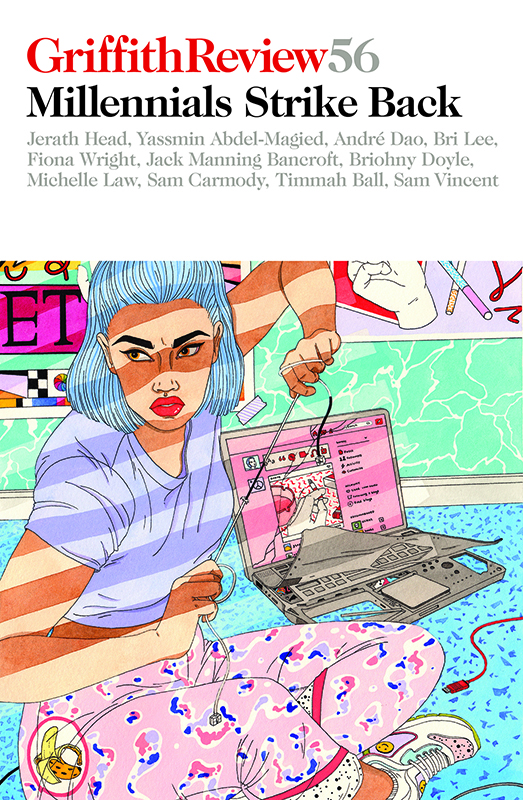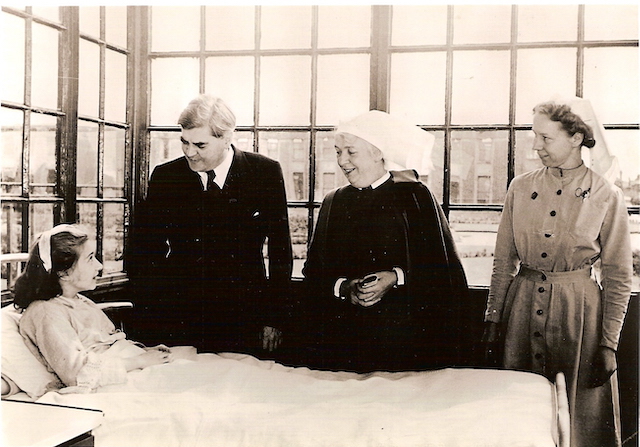Featured in

- Published 20170502
- ISBN: 9781925498356
- Extent: 264pp
- Paperback (234 x 153mm), eBook


Already a subscriber? Sign in here
If you are an educator or student wishing to access content for study purposes please contact us at griffithreview@griffith.edu.au
Share article
More from author

Healthcare is other people
‘I see a lot of junior doctors suspend what I think of as their natural self during training,’ Bravery tells me – the self that is patient-centred and came to the profession because they wanted to help people. ‘They think that once they get far enough along the training pathway then their natural self will just come rushing back. But often it doesn’t.’ With this observation, Bravery identifies what is known in the broader education context as the ‘hidden curriculum’, the unwritten and untaught – and generally negative – behaviours that we see in those around us and learn to emulate to assimilate and excel. In the medical context this usually means a retreat from patient-centredness, a harried and sometimes imperious air, and a concern for money and distinction. Medical students are told about patient-centred care… We labour over weekly theoretical case studies during our pre-clinical (that is, classroom) years to the constant refrain from tutors to think of the patient’s experience and social circumstances.
More from this edition

Kale as old as time
GR OnlineCRATES OF SUPER-RIPE tomatoes are stacked high, softening in the sunshine. The red fruits are passed through timeworn contraptions, a crew of hands circling...

Breaking the cycle
GR OnlineONE OF OUR family treasures, kept on my parents’ mantelpiece, is a photo of me as a baby being held by my grandfather in...

The sickness of social organisation
EssayTAKE A LOOK in your medicine cabinet; these days, it’s where wellness lives. No longer satisfied with treating illness when it occurs, we strive...